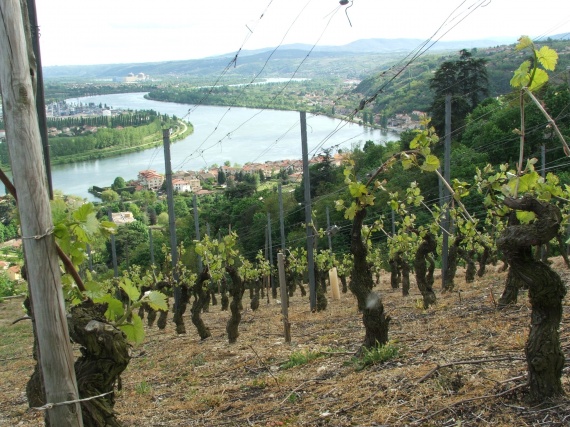
Like many vineyards in the extreme north of the Rhône Valley, the aspect of the Condrieu plots is quite something to behold.
Planted to vines in ancient times by the Greeks/Romans, the Viogner-only vineyards of Condrieu are located just south of Côte-Rôtie in the northern Rhone. Substantially smaller than that famed roasted slope of Syrah, Condrieu is a mere 164 hectares of vines, although it is interesting to note than back in 1970, after the ravages of phyloxera and then two brutal world wars, the region was down to a mere 10 hectares of Viognier vines. Today there are some 3,000 hectares of the grape in all of France, with all of that vine material having originally come from the ancient vineyards of Condrieu.
Despite the vineyards going back some 2,000 years, and its wines being particularly popular throughout the Middle Ages, Condrieu was only granted its AOC status in 1940 (along with Côte-Rôtie). The wines of this region are not seen as often as I would like, even although around 26% of the region’s bottles are exported outside of France. With this in mind, it was indeed a great pleasure to have the opportunity to attend a masterclass in this much spoken of, but seldomly tasted Rhone treasure; a comparative tasting of a wine that requires some serious study to fully appreciate… Goodness knows, I have blown a lot of hot air about these wines over the years without REALLY knowing what I was on about.
The region measures around 33km from top to tail, with extremely old (350 million years) granite-based soils making up most of the geological composition, and herein lies the magic of Condrieu. These magmatic soils were created by the Rhone river digging its way through the rock bewtixt the Alps and the Massif Centrale, hence the extremely steep terraced vineyards that run from 100 to 300 metres above sea level. With a complex composite of varied minerals such as quartz, mica, and feldspar, these granitic soils hold water well, gradually giving it back to the vine after rainfall. Granite’s dark colour, and therefore its heat retention properties, mean that even in the cooler northernmost vineyards of the region it is still possible to make wines of 14% alcohol and above. Remember that story you heard about the pudding stones of Chateauneuf-du-Papes? Well, this is the same deal, except due to the soil’s absorptive qualities, even more so. And then there’s the Condrieu soil’s inherent potassium content… now it’s important to remember that little bit for later…
Yields have a maximum of 41 Hl per hectare, something that’s not too surprising when one has a chance to view to insane aspect of the majority of the vineyards… and so of course manual harvesting is essential as there is no way to get machines between those vines. This amounts to around 5,000 bottles per hectare, the region as a whole producing some 500,000 bottles annually.
Typical aromatics and flavours tend to fall into two camps, many wines being a composite of both. In general terms the wines of the South of the region, where sandier soils are the norm, tend to express extremely floral notes; violets and roses, whilst those in the north, where much of the vineyards contain a higher proportion of granite, exhibit fruitier bouquets; peach and apricot being those that immediately come to mind. Interestingly enough those same floral characteristics are often found in the Syrahs from just a bit further north in Côtes Rotie, and what with Viognier and Syrah being reasonably closely related (cousins?), this should come as no surprise.
While there are those who choose to find fault in Viognier’s, and particularly Condrieu’s, lower acidity (Phs tend to come in around four) there is an undeniable freshness and minerality in these wines that in my mind works in the place of titratable acidity, keeping the wines vibrant and lively. One of the main reasons for these low Phs is the concentration of potassium in the soils of Condrieu, a mineral that neutralises acidity in the final wine. Despite these issues with acidity, all Condrieu go through a malolactic second fermentation, as has been the tradition for centuries, again, that freshness and mineral salinity bringing a spring into the step of wines that would otherwise appear flabby and tired. It’s also interesting to note that many wines have a fair bit of volatile acidity due to the longer fermentation times, again making up for the reduced total acidity.
Elevage of the wines of Condrieu is normally completed in older 400 and 600 litre barrels, with a small proportion of new oak (20% is the norm) being used to add structure, complexity, and a certain fatness to the wines. There are some producers/merchants *coughDelascough* who use waaaaay to much oak for my personal taste, but each to their own.
Condrieu is not a wine that I have ever thought of as having any great ageing potential as usually having such a high Ph determines that the wines are for early drinking. Saying that, there are many who choose to drink their Condrieu a little older, say five to seven years. In vintages where the Ph gets down to around 3.5 it is possible to see pleasant evolution of the wines up to 15 years, the wine becoming slightly oxidised, the floral elements fading, and nutty, candied fruit elements coming to the fore.
In tasting a flight of Condrieu and having the opportunity to compare and contrast, it was certainly true that these aromatic profiles were exhibited in the wines presented, but one must understand that this is speaking in general terms, and that a lot has to do with the plot’s exact location on the slope, and the Winemaker’s deft hand. In the examples we tasted today we found the wines from the northern vineyards to be on the whole more emollient and express a defined puissance and preponderance that was remarkably different from the wines of the south of Condrieu.
As for pairing with food one can run into quite a few issues seeing as the wine lacks that true acidic kick and also has alcohol levels of up to 15 or 16%. It was suggested that south asian cuisine is often a very interesting match, perhaps curried pork. Another Sommelier spoke of great success pairing with cheeses, particularly goats’ cheese.
While Condrieu wines are certainly not for everyone, there are some extremely fine degustatory pleasures to be discovered in this region. Although never inexpensive, the region does offer something that is undoubtedly unique in the world of wines.
 Edinburgh-born/Toronto-based Sommelier, consultant, writer, judge, and educator Jamie Drummond is the Director of Programs/Editor of Good Food Revolution… And it appears that he has fallen in love with Viognier all over again.
Edinburgh-born/Toronto-based Sommelier, consultant, writer, judge, and educator Jamie Drummond is the Director of Programs/Editor of Good Food Revolution… And it appears that he has fallen in love with Viognier all over again.

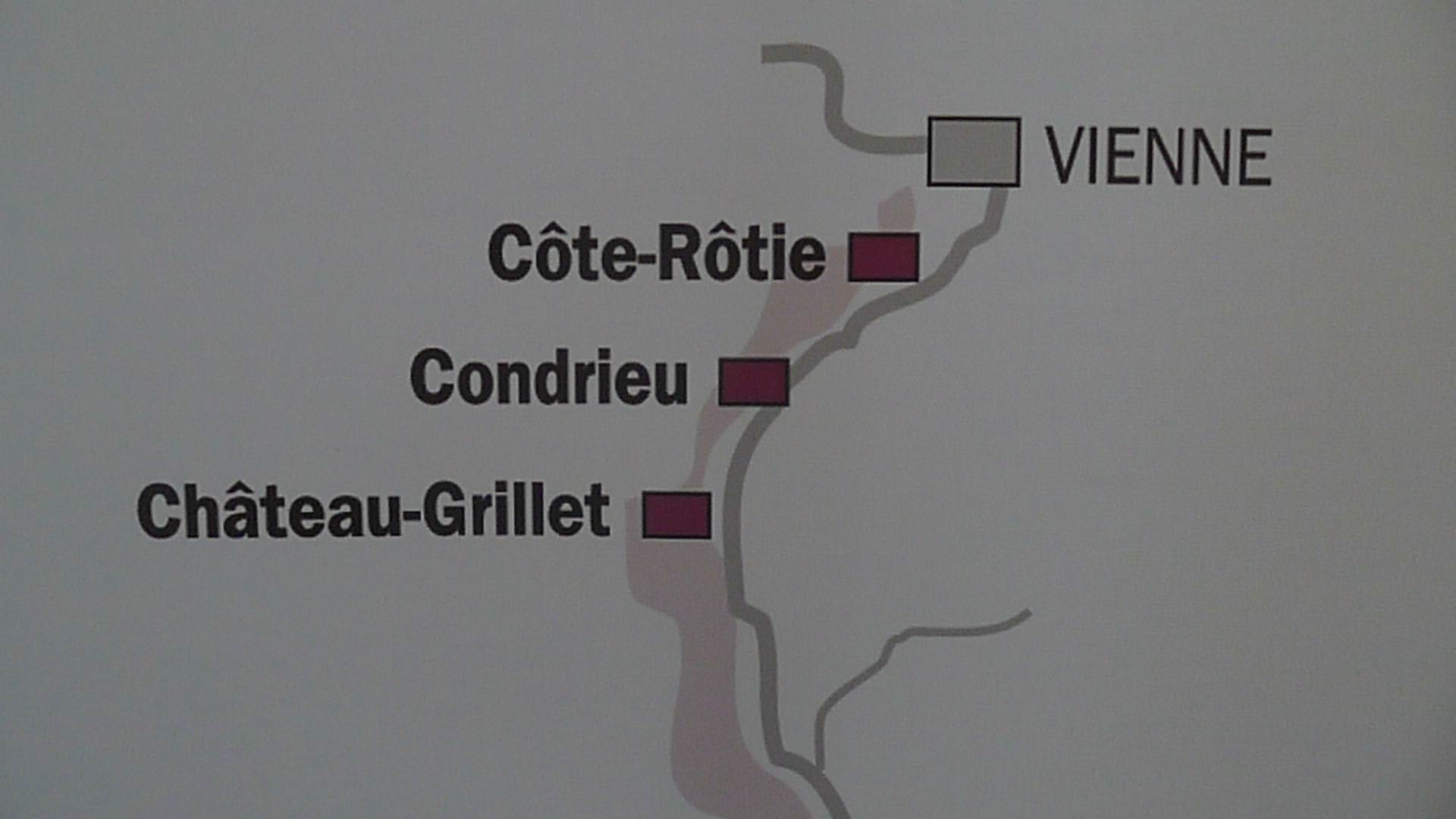
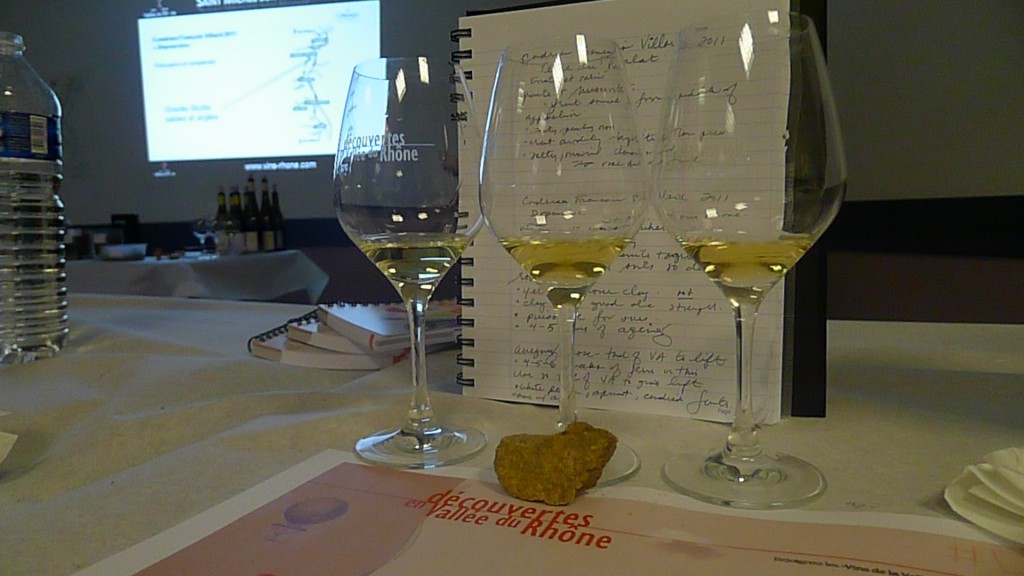

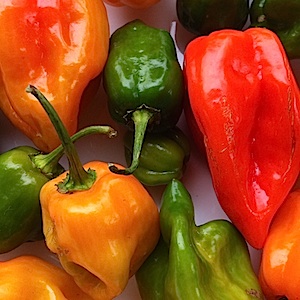
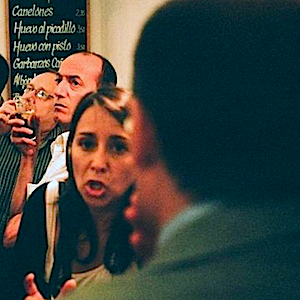
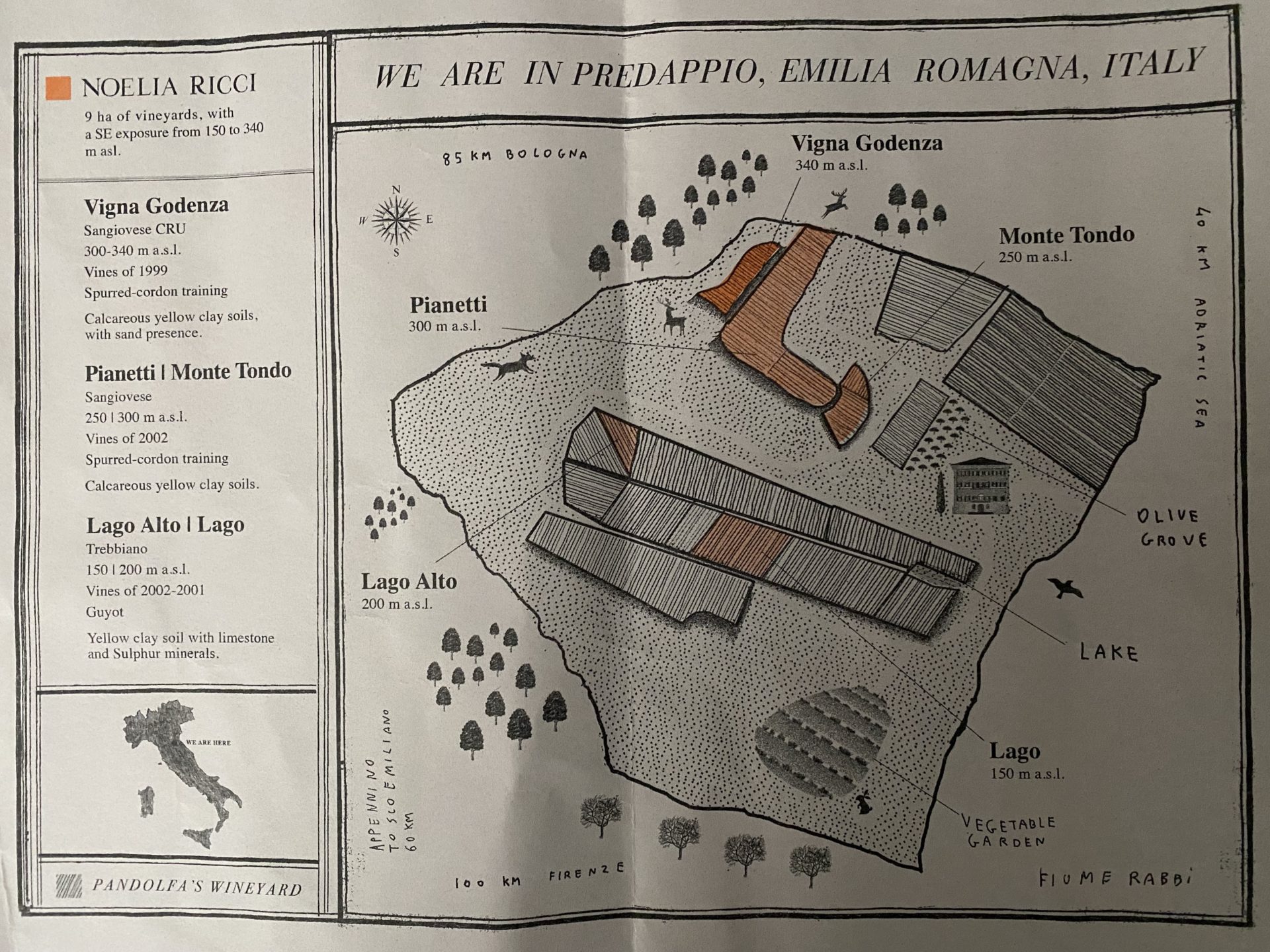
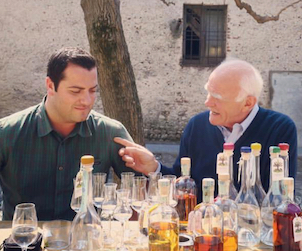

Trackbacks/Pingbacks